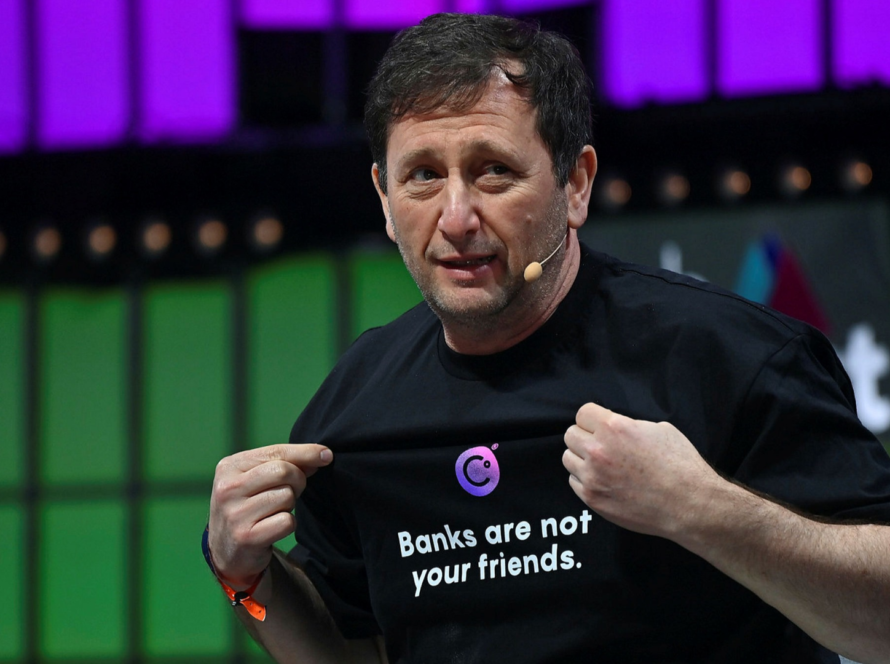The Lightning Network enables cheaper, faster off-chain transactions, making small Bitcoin transactions more economically viable.
Crypto exchange Binance has successfully integrated the Bitcoin Lightning Network for deposits and withdrawals.
The announcement comes around one month after “eagle-eyed users” spotted the new lightning nodes, leading Binance to confirm “yes, that’s us!“. Binance users can now find their assigned Bitcoin (BTC) deposit addresses on the Lightning Network within the ‘Deposit Crypto’ page.
Read more: What is the Bitcoin Lightning Network and how can I access it?
The integration will enable significantly quicker and cheaper transactions. It’s likely to prevent network congestion events that result in halted withdrawals, as seen in May. Binance said that by “enabling most transactions to be processed off-chain, the Bitcoin Lightning Network alleviates congestion on the Bitcoin blockchain, allowing for a higher number of transactions per second.”
So what is the Lightning Network?
The Bitcoin Lightning Network is a layer-2 scaling solution that leverages the security of the Bitcoin blockchain to enable faster and cheaper off-chain Bitcoin transactions. Unlike newer PoS blockchains like Algorand and Tezos, the Bitcoin network is slow and expensive to use. As a point of comparison, Algorand supports 6000 transactions per second, while Bitcoin supports just seven.
As a proof-of-work chain, validating Bitcoin transactions relies on miners using intensive computer power to solve complex mathematical puzzles, which is time consuming. (The computer does the math, though, not the human being. You can read more about mining here.) The Lightning Network helps overcome this.
At its core, the Lightning Network establishes a network of bidirectional payment channels between users. These payment channels allow users to conduct transactions privately and instantaneously, without the need for every transaction to be recorded on the main blockchain. This approach significantly enhances Bitcoin’s scalability, allowing for near-instantaneous transactions with lower fees.
Binance said that the Network integration will bring “significantly lower fees” for users, making microtransactions economically viable.
How can I access the Lightning Network?
The Lightning Network is still evolving, and not all merchants or service providers accept Lightning payments yet. You can now access it through Binance, but other Lightning-enabled wallets include Zap, BlueWallet, Phoenix Wallet, Electrum, Eclair Wallet, Muun Bitcoin Wallet, Wallet of Satoshi and Breez Wallet.
To access the network, you simply need to set up a wallet, add Bitcoin, and open a payment channel on the Lightning Network. This is usually done within the wallet interface, and it will enable you to transact with other Lightning Network users.
As Bitcoin prepares for institutional adoption, layer-2 solutions like the Lightning Network are set to skyrocket in use. You can learn more about all things Bitcoin related here.
Related: Bitcoin ETF: should we be hopeful or worried about the future of Bitcoin?

Disclaimer: CryptoPlug does not recommend that any cryptocurrency should be bought, sold, or held by you. Do conduct your own due diligence and consult your financial advisor before making any investment decisions.




